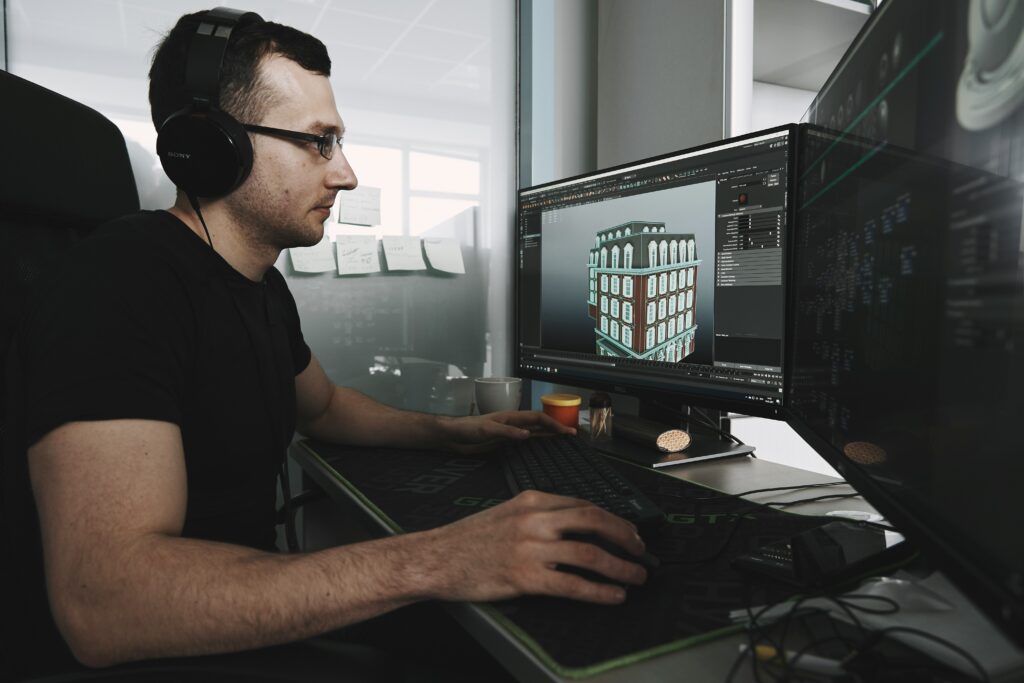- Gaur City Mall Greater Noida
- info@themicrowebsolutions.com

Enhancing Digital Experiences The Power of UI/UX Design
UI (User Interface) design and UX (User Experience) design are two closely related disciplines that focus on creating engaging and user-friendly digital experiences. While UI design primarily deals with the visual aspects of a product, such as its layout, colors, and typography, UX design encompasses the entire user journey, including interaction design, usability, and user research. Let’s delve deeper into each of these areas:
The Art of UI/UX
Innovation
UI Design
UX Design
Layout and Composition: Designing the structure and arrangement of elements on a screen to ensure clarity and ease of use.
Visual Design: Selecting appropriate colors, typography, icons, and other visual elements to create a visually appealing and consistent interface.
Branding: Incorporating brand identity elements, such as logos and brand colors, to maintain brand consistency across the product.
Responsive Design: Creating designs that adapt and function well across different screen sizes and devices.
Prototyping: Building interactive prototypes to visualize and test the user interface before development.
User Research: Conducting research to understand the target users, their needs, behaviors, and pain points.
Information Architecture: Organizing and structuring content in a logical and intuitive manner for easy navigation.
Interaction Design: Defining how users interact with the interface, including the placement of buttons, menus, and other interactive elements.
Usability Testing: Conducting tests with real users to evaluate the usability of the product and gather feedback for iterative improvements.
User Flows: Mapping out the ideal paths users should follow within the product to accomplish their goals efficiently.
In practice, UI and UX designers often collaborate closely to create cohesive and delightful user experiences. They work together to ensure that the visual design is not only aesthetically pleasing but also enhances the usability and overall experience of the product. Both disciplines require a deep understanding of the target audience and their needs, as well as an iterative design process that involves testing and refining the designs based on user feedback.
